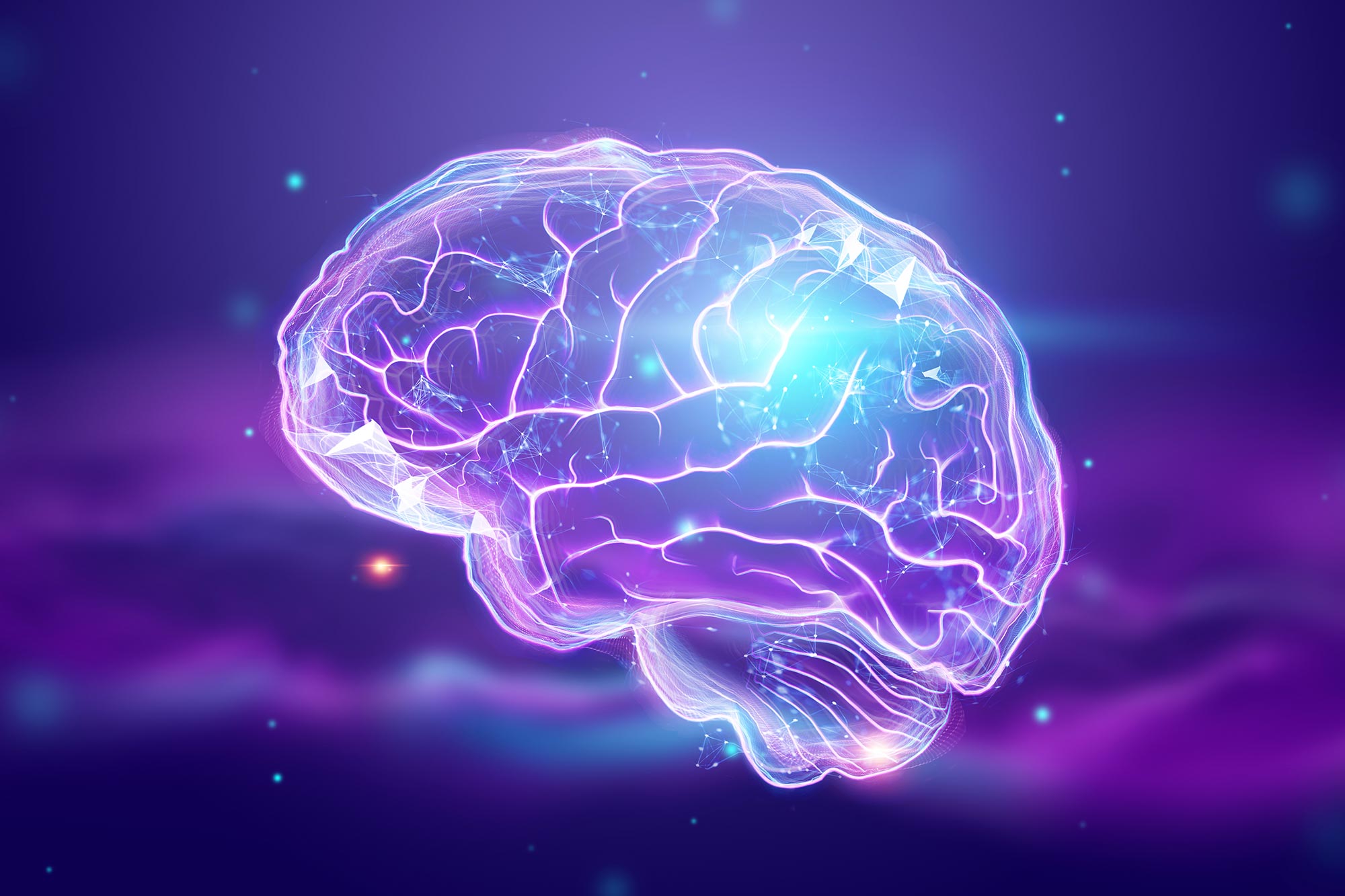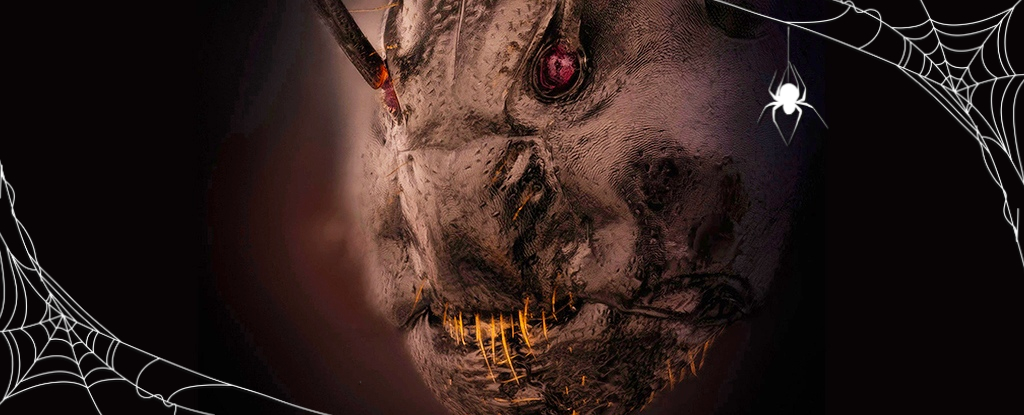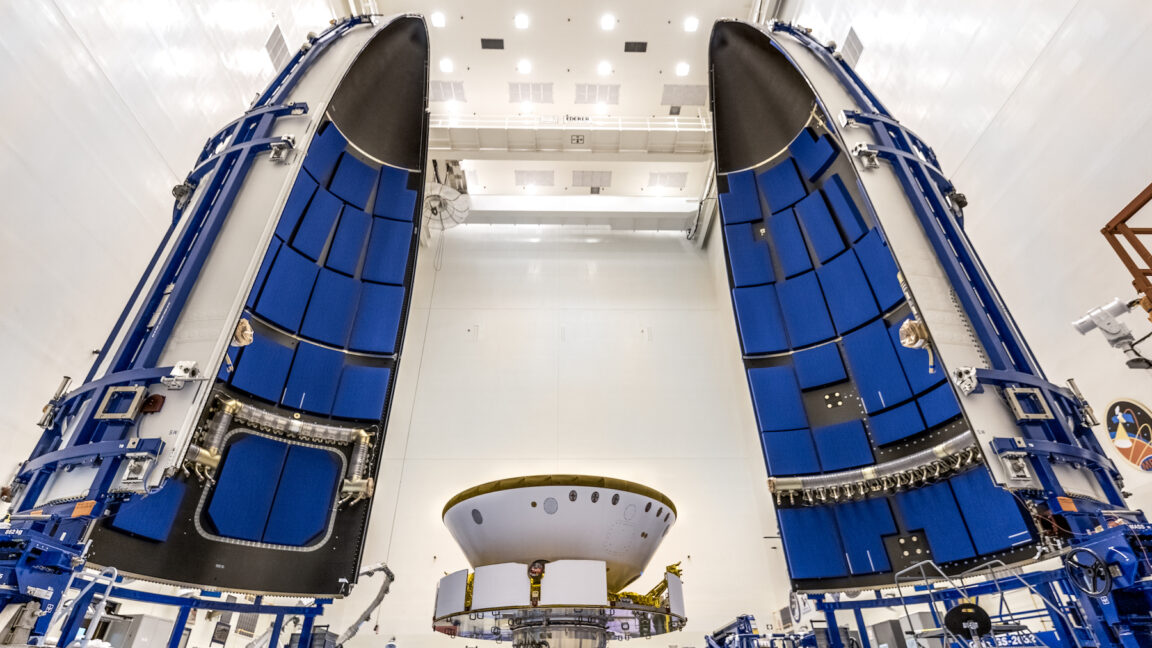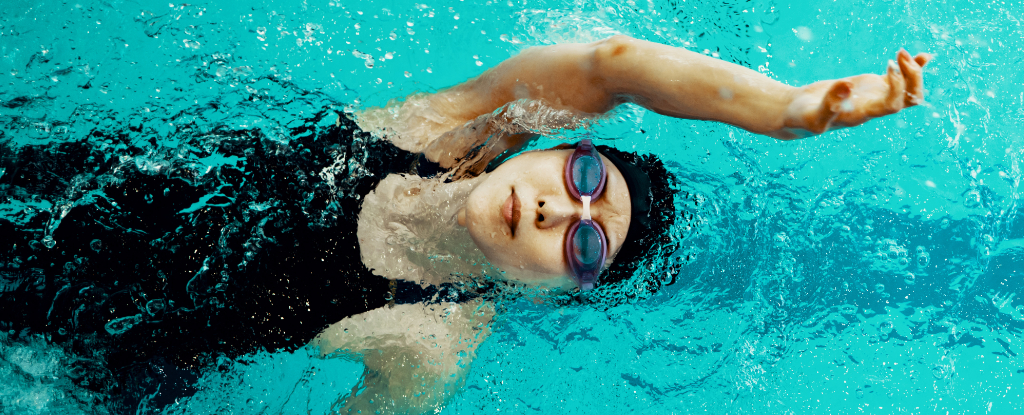
Oefening kan de gezondheid van de hersenen rechtstreeks verbeteren door de ontwikkeling van neuronen in de hippocampus te bevorderen, waarbij astrocyten een belangrijke rol spelen bij het bemiddelen van de effecten. Dit onderzoek zou kunnen leiden tot op oefeningen gebaseerde therapieën voor cognitieve stoornissen zoals de ziekte van Alzheimer.
Het bestuderen van de chemische signalen die worden gegenereerd door spiercellen die samentrekken, wijst op manieren om de gezondheid van de hersenen te verbeteren door middel van lichaamsbeweging.
De onderzoekers van Beckman bestudeerden hoe chemische signalen van samentrekkende spieren gezonde hersenen bevorderen. Hun bevindingen laten zien hoe deze signalen helpen bij de ontwikkeling en regulering van nieuwe hersennetwerken, terwijl ze ook wijzen op manieren om de gezondheid van de hersenen te verbeteren door middel van lichaamsbeweging.
Lichamelijke activiteit wordt vaak genoemd als een manier om de fysieke en mentale gezondheid te verbeteren. Onderzoekers van het Beckman Institute for Advanced Science and Technology hebben aangetoond dat het ook de gezondheid van de hersenen directer kan verbeteren. Ze bestudeerden hoe de chemische signalen van spieroefeningen de groei van neuronen in de hersenen bevorderen.
Hun werk is gepubliceerd in het tijdschrift Neurologie.
Wanneer spieren samentrekken tijdens het sporten, zoals de biceps van een zware gewichtheffen, geven ze een verscheidenheid aan verbindingen vrij in de bloedbaan. Deze verbindingen kunnen naar verschillende delen van het lichaam reizen, inclusief de hersenen. De onderzoekers waren vooral geïnteresseerd in hoe lichaamsbeweging een specifiek deel van de hersenen, de hippocampus genaamd, ten goede zou kunnen komen.
“De hippocampus is een belangrijke regio voor leren en geheugen, en dus voor cognitieve gezondheid”, zegt Ki Yun Lee, Ph.D. student mechanische wetenschappen en techniek aan de Universiteit van Illinois, Urbana-Champaign, en hoofdauteur van de studie. Als we dus begrijpen hoe lichaamsbeweging de hippocampus ten goede komt, kan dit leiden tot op lichaamsbeweging gebaseerde therapieën voor een verscheidenheid aan aandoeningen, waaronder[{” attribute=””>Alzheimer’s disease.

Hippocampal neurons (yellow) surrounded by astrocytes (green) in a cell culture from the study. Image provided by the authors. Credit: Image provided by the study authors: Taher Saif, Justin Rhodes, and Ki Yun Lee
To isolate the chemicals released by contracting muscles and test them on hippocampal neurons, the researchers collected small muscle cell samples from mice and grew them in cell culture dishes in the lab. When the muscle cells matured, they began to contract on their own, releasing their chemical signals into the cell culture.
The research team added the culture, which now contained the chemical signals from the mature muscle cells, to another culture containing hippocampal neurons and other support cells known as astrocytes. Using several measures, including immunofluorescent and calcium imaging to track cell growth and multi-electrode arrays to record neuronal electrical activity, they examined how exposure to these chemical signals affected the hippocampal cells.
The results were striking. Exposure to the chemical signals from contracting muscle cells caused hippocampal neurons to generate larger and more frequent electrical signals — a sign of robust growth and health. Within a few days, the neurons started firing these electrical signals more synchronously, suggesting that the neurons were forming a more mature network together and mimicking the organization of neurons in the brain.
However, the researchers still had questions about how these chemical signals led to growth and development of hippocampal neurons. To uncover more of the pathway linking exercise to better brain health, they next focused on the role of astrocytes in mediating this relationship.
“Astrocytes are the first responders in the brain before the compounds from muscles reach the neurons,” Lee said. Perhaps, then, they played a role in helping neurons respond to these signals.
The researchers found that removing astrocytes from the cell cultures caused the neurons to fire even more electrical signals, suggesting that without the astrocytes, the neurons continued to grow — perhaps to a point where they might become unmanageable.
“Astrocytes play a critical role in mediating the effects of exercise,” Lee said. “By regulating neuronal activity and preventing hyperexcitability of neurons, astrocytes contribute to the balance necessary for optimal brain function.”
Understanding the chemical pathway between muscle contraction and the growth and regulation of hippocampal neurons is just the first step in understanding how exercise helps improve brain health.
“Ultimately, our research may contribute to the development of more effective exercise regimens for cognitive disorders such as Alzheimer’s disease,” Lee said.
Reference: “Astrocyte-mediated Transduction of Muscle Fiber Contractions Synchronizes Hippocampal Neuronal Network Development” by Ki Yun Lee, Justin S. Rhodes and M. Taher A. Saif, 2 February 2023, Neuroscience.
DOI: 10.1016/j.neuroscience.2023.01.028
In addition to Lee, the team also included Beckman faculty members Justin Rhodes, a professor of psychology; and Taher Saif, a professor of mechanical science and engineering and bioengineering.
Funding: NIH/National Institutes of Health, National Science Foundation

‘Webgeek. Wannabe-denker. Lezer. Freelance reisevangelist. Liefhebber van popcultuur. Gecertificeerde muziekwetenschapper.’






